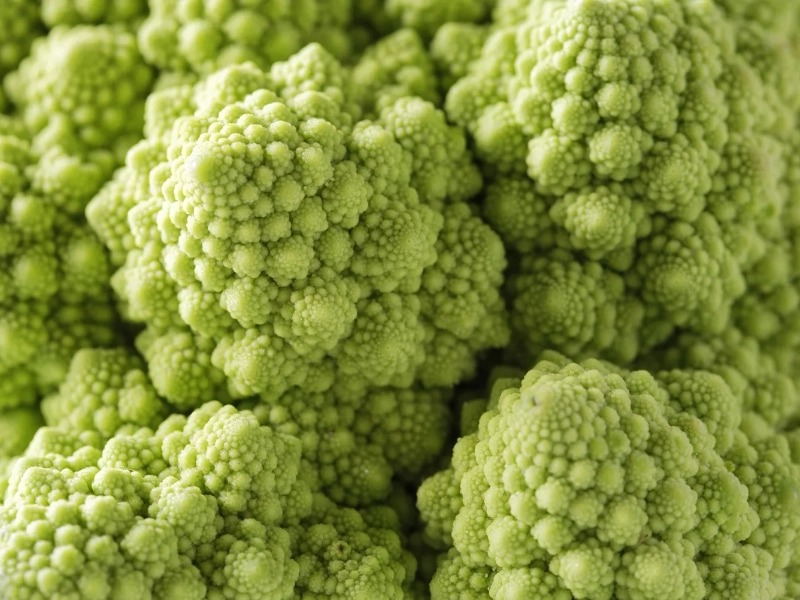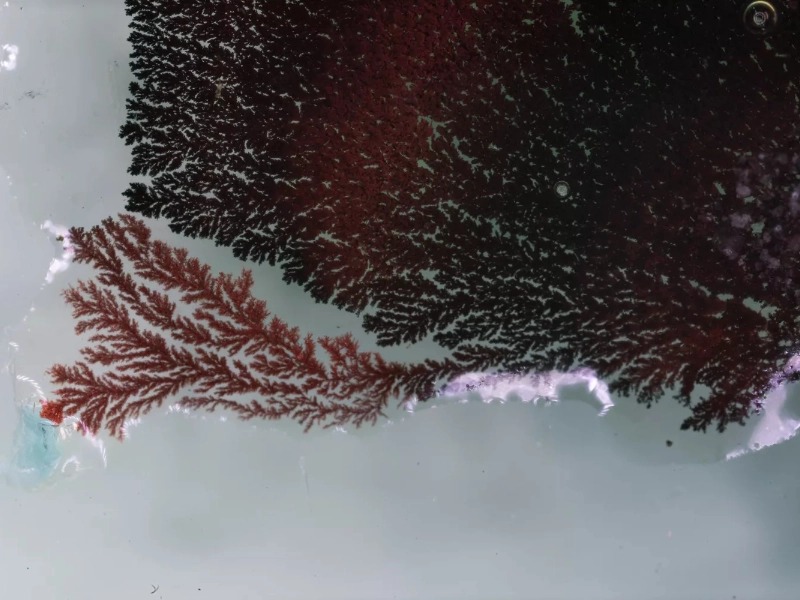
9 Amazing Fractals Found in Nature
By • Last Updated6. The Fascinating World of Copper Crystals: Nature’s Metallic Fractals

Copper crystals, with their intricate fractal geometry, provide a fascinating intersection of chemistry, physics, and mathematics. Formed through a process known as electrodeposition, these crystals develop branching patterns that strikingly resemble tree structures. The formation begins when an electric current reduces copper ions in solution to metallic copper. Instead of forming a smooth solid, copper atoms arrange themselves in a dendritic pattern, creating a complex, three-dimensional structure that branches in multiple directions. This unique growth pattern is influenced by copper’s atomic structure and factors like ion concentration, electric field strength, and the presence of impurities or additives in the solution.
The resulting crystals exhibit self-similarity—a hallmark of fractals—as each branching point becomes a nucleation site for further growth. Tiny “twigs” form, generating additional offshoots and creating a cascade of complex, fractal-like branching. The crystals’ reddish-brown color, a distinctive trait of copper due to its specific electronic properties, adds to their visual appeal. With their intricate structure and rich hue, copper crystals hold value in both artistic and scientific realms.
Research on copper crystal formation extends beyond aesthetics, offering insights valuable to materials science and nanotechnology. Understanding the growth dynamics of these dendritic structures inspires innovations in creating advanced materials with specialized properties. For example, dendritic copper has a high surface-area-to-volume ratio, which is advantageous in applications like energy storage and catalysis. Moreover, the principles guiding copper crystal formation apply to other metallic systems, contributing to broader crystal engineering knowledge.
In art and design, copper crystals occupy a unique space. Artists have developed methods to grow and incorporate these crystals into sculptures and decorative objects, merging natural phenomena with human creativity. These works often spark public interest in crystallography and materials science, celebrating the beauty of fractal structures while bridging scientific knowledge and artistic expression.